Curiosities of Mexico, a country with a rich tapestry of history, culture, and natural beauty, is a land of striking curiosities that set it apart in a myriad of ways. From ancient civilizations to vibrant festivals, diverse landscapes to culinary wonders, Mexico offers a unique blend of tradition and modernity. In this exploration, we delve into some of the most striking curiosities that make Mexico a truly unique and captivating nation.
Ancient Civilizations:
Mexico is home to some of the most advanced and awe-inspiring ancient civilizations in the world. The Aztecs, Maya, and Olmecs, among others, have left a profound mark on the country’s history. The remnants of their magnificent cities, such as Teotihuacan and Chichen Itza, continue to draw visitors and stand as testaments to the technological and architectural prowess of these cultures.
Day of the Dead (Día de los Muertos):
One of Mexico’s most iconic and unique traditions is the Day of the Dead, a vibrant celebration that honors deceased loved ones. Families create elaborate altars adorned with marigolds, candles, and photographs, and streets come alive with colorful parades and sugar skull decorations. The celebration, recognized by UNESCO, showcases Mexico’s cultural richness and its distinctive approach to death.
Lucha Libre Wrestling:
Lucha libre, or Mexican professional wrestling, is a spectacle that blends athleticism, theatrics, and vibrant character personas. Wrestlers, adorned in colorful masks, engage in acrobatic and dramatic performances, creating an electrifying atmosphere in arenas across the country. Lucha libre has become an integral part of Mexican pop culture.
Cuisine and Street Food:
Mexican cuisine is celebrated worldwide for its bold flavors, diverse ingredients, and vibrant colors. From tacos and tamales to guacamole and mole, the country’s culinary offerings are a testament to its cultural diversity. Street food, in particular, is a cherished aspect of Mexican gastronomy, offering an array of delicious and affordable options.
Cenotes and Underground Rivers:
The Yucatan Peninsula is home to a unique natural wonder—the cenotes. These sinkholes, formed by the collapse of cave systems, reveal crystal-clear pools of freshwater. The Maya considered cenotes sacred, and today they attract visitors for swimming, snorkeling, and diving adventures.
The Mariachi Tradition:
Mariachi music, characterized by its distinctive attire and upbeat sound, is an integral part of Mexican culture. Originating in the state of Jalisco, mariachi bands often feature trumpets, violins, and guitars. The music is an essential component of celebrations, from weddings to festivals, adding a festive and lively atmosphere.
Chapulines (Edible Insects):
In certain regions of Mexico, particularly Oaxaca, chapulines, or grasshoppers, are a popular and traditional snack. Often seasoned with chili, lime, and garlic, chapulines provide a crunchy and protein-rich alternative to more conventional snacks. Their consumption is rooted in ancient culinary practices.
Monarch Butterfly Migration:
Each year, millions of monarch butterflies embark on an extraordinary migration journey from North America to central Mexico. They cluster in the oyamel fir forests of Michoacán and Mexico State, creating a breathtaking spectacle. The migration is considered one of the most remarkable natural phenomena in the world.
Papel Picado:
Papel picado, intricately cut paper banners, are a distinctive Mexican folk art form. Used to decorate streets, altars, and celebrations, these colorful paper designs often feature intricate patterns and symbols. The delicate craftsmanship reflects the creativity and artistic flair of Mexican culture.
Globos (Paper Lanterns):
The tradition of releasing globos, or paper lanterns, into the night sky is a mesmerizing and symbolic practice in Mexico. Often associated with celebrations and commemorations, these glowing lanterns symbolize hopes, wishes, and messages sent skyward.
Frida Kahlo and Diego Rivera:
Mexico has produced some of the world’s most influential artists, and Frida Kahlo and Diego Rivera are among the most celebrated. Known for their distinct styles and contributions to modern art, their works reflect Mexico’s tumultuous history, indigenous roots, and social issues.
Pyramids of the Sun and Moon:
Teotihuacan, an ancient city near Mexico City, is home to the Pyramid of the Sun and the Pyramid of the Moon. These colossal structures, built by the Teotihuacan civilization, are marvels of ancient engineering and provide a glimpse into the city’s significance as a major Mesoamerican cultural center.
Alebrijes:
Alebrijes are brightly colored Mexican folk art sculptures of fantastical creatures. Originating from Oaxaca, these intricate carvings often depict animals with exaggerated features and vibrant patterns. Alebrijes have become iconic symbols of Mexican craftsmanship and creativity.
The Great Maya Reef:
The Great Maya Reef, also known as the Mesoamerican Barrier Reef, is the second-largest coral reef system in the world. Stretching along the coasts of Mexico, Belize, Guatemala, and Honduras, it is a biodiverse marine ecosystem and a haven for divers and snorkelers.
Tequila and Mezcal:
Mexico is the birthplace of two globally renowned spirits—tequila and mezcal. Tequila, primarily produced in the Jalisco region, is made from the blue agave plant. Mezcal, originating from Oaxaca, is crafted from various agave varieties and is known for its smoky flavor. Both spirits hold cultural significance and are enjoyed in diverse ways.
The Whale Shark Migration:
Off the coast of the Yucatan Peninsula, the world’s largest congregation of whale sharks occurs annually. This migration, attracting ecotourists and researchers alike, provides a unique opportunity to swim alongside these gentle giants in their natural habitat.
The Zócalo in Mexico City:
The Zócalo, Mexico City’s main square, is one of the largest public plazas in the world. Surrounded by historic buildings, including the Metropolitan Cathedral and the National Palace, the Zócalo is a cultural and political hub, hosting events, protests, and celebrations.
Cultural Festivals:
Mexico is renowned for its vibrant and diverse cultural festivals. From the colorful Guelaguetza in Oaxaca to the dramatic Semana Santa (Holy Week) processions, these festivals showcase the richness of Mexican traditions, dance, music, and religious practices.
The Toltec Ball Game:
The ancient Mesoamerican ball game, dating back to civilizations such as the Toltecs, holds cultural and ritualistic significance. The game, known as ullamaliztli, involved players using their hips to pass a rubber ball through stone hoops. The ruins of ball courts can still be found in archaeological sites across Mexico.
The Chupacabra Legend:
The chupacabra, a mythical creature said to feed on the blood of livestock, has become a part of Mexican folklore. While the legend has roots in various Latin American countries, it has gained particular prominence in Mexican culture, inspiring stories, art, and even scientific investigations.
Conclusion:
Mexico’s uniqueness stems from its extraordinary blend of ancient traditions, natural wonders, artistic expression, and cultural diversity. The country’s ability to preserve its rich indigenous heritage while embracing modern influences is a testament to its resilience and dynamism. From the mystique of ancient ruins to the vibrancy of contemporary festivals, Mexico continues to captivate the world with its striking curiosities and remains a source of inspiration for those who explore its multifaceted identity.
Whether savoring the flavors of Mexican cuisine, marveling at the architectural wonders of its ancient civilizations, or immersing oneself in the warmth of its cultural celebrations, Mexico stands as a testament to the beauty of diversity and the enduring spirit of a nation deeply connected to its roots. As Mexico continues to evolve and shape its narrative, its striking curiosities contribute to the country’s enduring allure and position as a global cultural treasure.


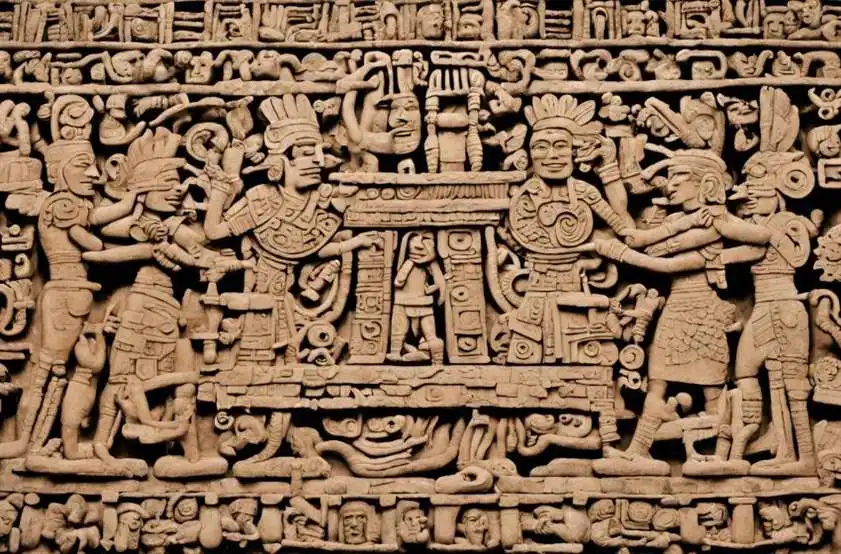

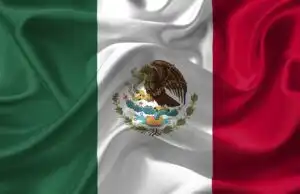
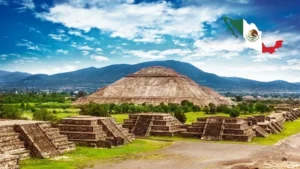
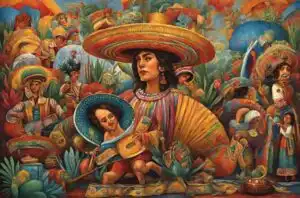
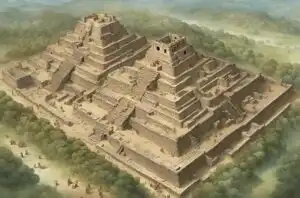

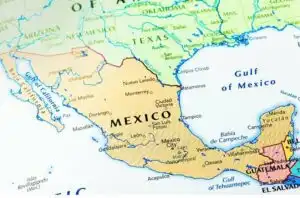
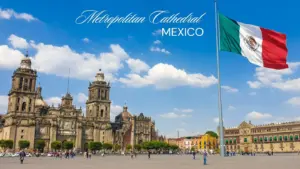
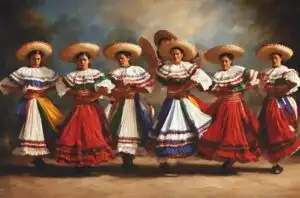
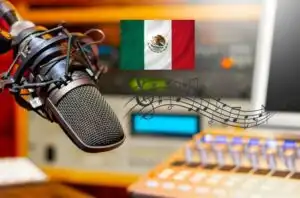
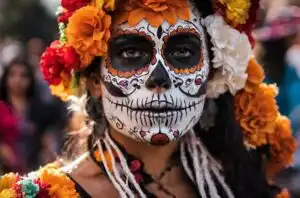
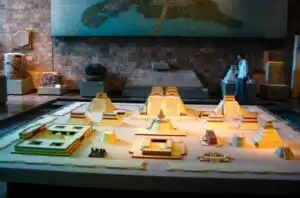
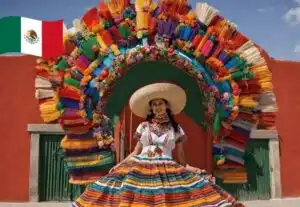
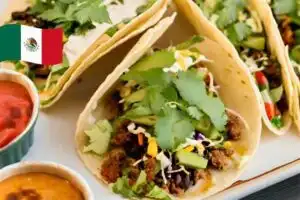
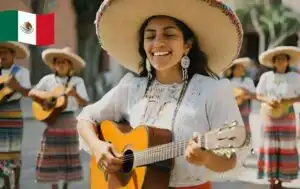
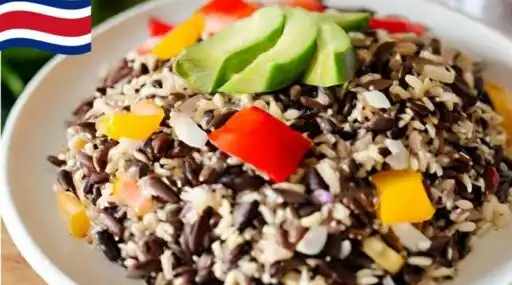
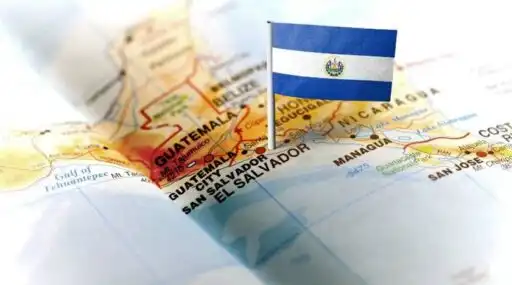
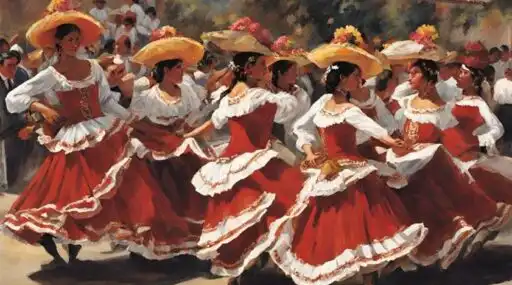
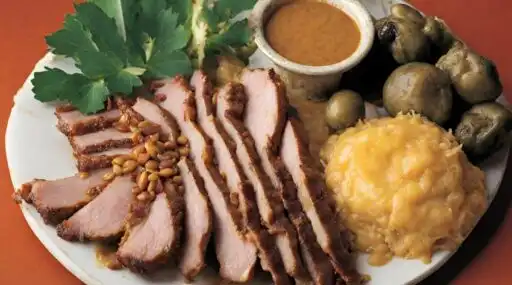
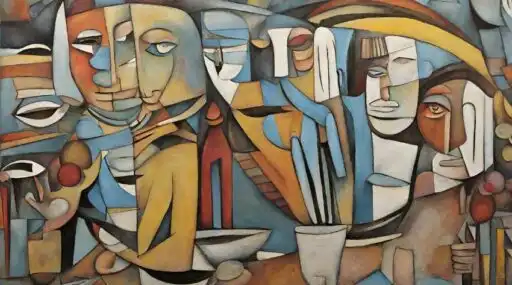
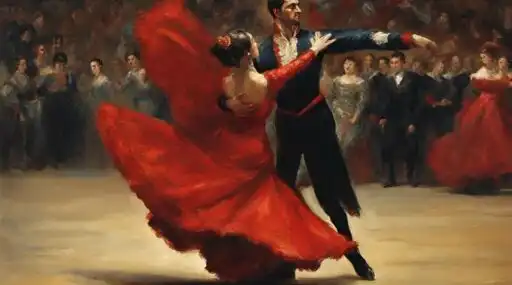
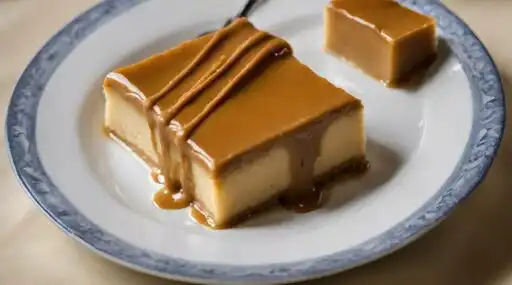



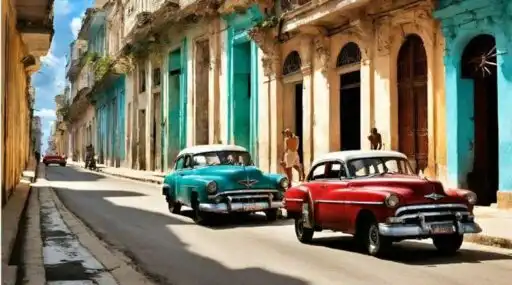


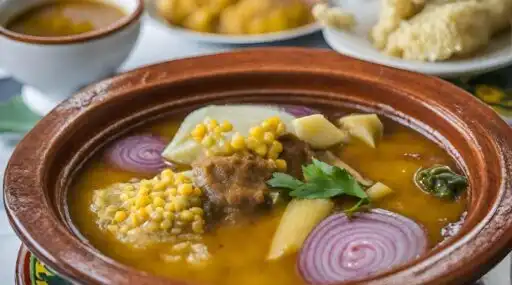
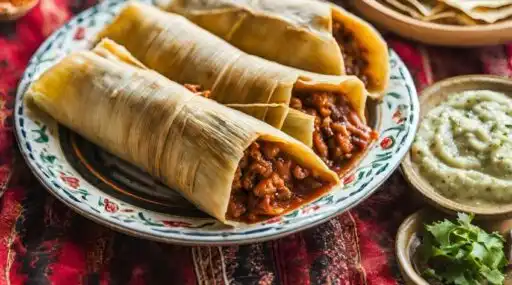



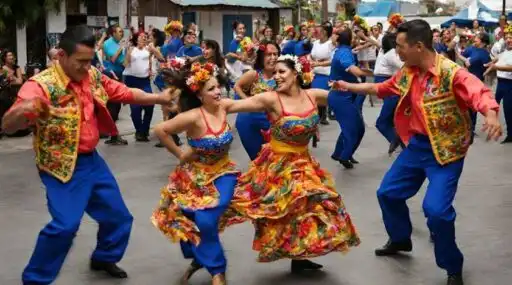
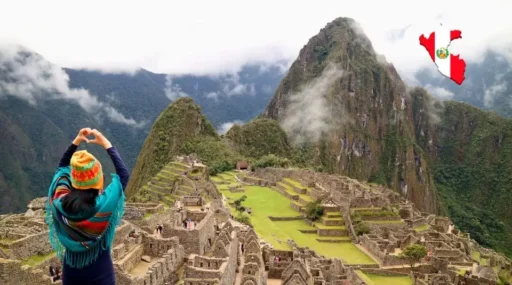

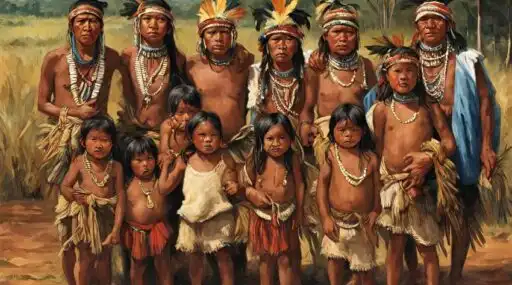
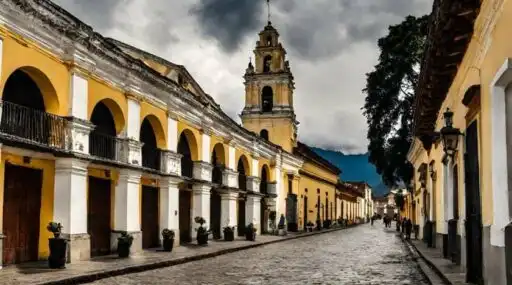


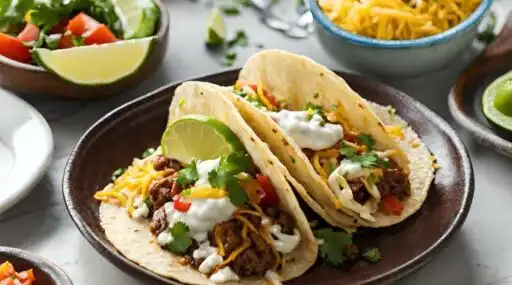

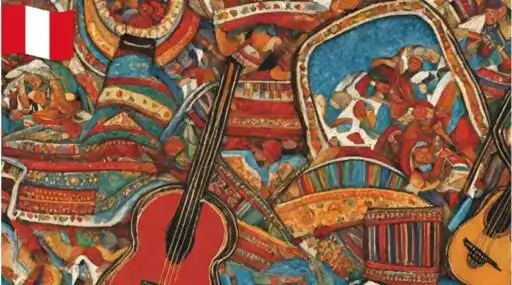
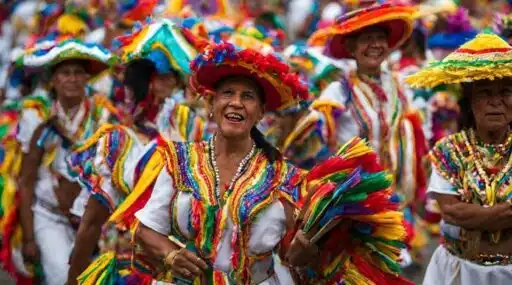

Leave a Reply